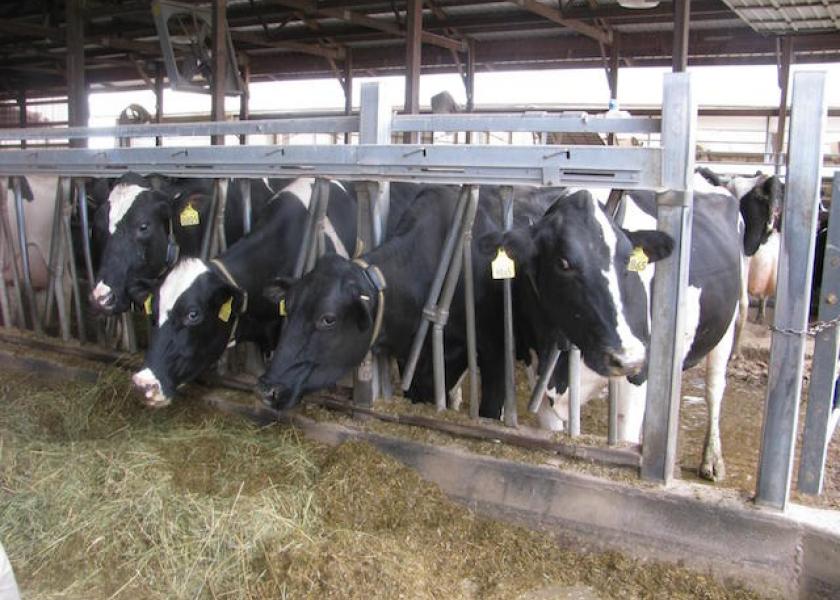Immunity and Reproduction Work in Tandem for Herd Success

The typical dairy cow in North America completes an average of just two lactations, according to University of Georgia researcher David Hurley. “Problems with mastitis or pregnancy establishment are leading reasons for culling cows,” says Hurley. “Inflammation associated with mastitis has been associated with failure to establish pregnancy.”Hurley says immunity and reproduction are two critical systems that have a number of important interactions in the dairy cow. Some are positive, others negative. For example, bacterial colonization of the lower reproductive tract after calving is normal. The immune response that clears this bacteria also helps drive the regeneration of new cells in the uterine lining, creating a healthy environment for establishment of the cow’s next pregnancy. But when an immune response is summoned to fight other conditions, inflammation and immune activities in the reproductive tract can alter the interaction between egg and sperm. Examples include: Some immune responses can interfere with development of the corpus luteum, leading to disruption of the normal estrous cycle. Changes in the viscosity and physical or chemical composition of uterine mucus can alter sperm penetration and survival. Increased inflammatory cell activation can create a hostile environment for sperm, reducing their viability and damaging their membranes so they are less capable of fertilization. The same conditions may impede a fertilized ovum from implanting in the uterine wall, resulting in early embryonic death. Immune factors also are important in the development of a healthy placenta, yet another example of the interaction between the two systems. To improve the relationship between immunity and fertility, Hurley suggests there are a number of factors that deserve attention, including: Nutrition: “Feeding sufficient amounts of calories, fats and protein, and elements that properly stimulate the gut-associated immune tissues, has been shown to positively impact dairy cow reproduction and health,” says Hurley. Pathogen exposure: Close housing of animals in many of today’s confinement systems can increase exposure to disease-causing bacteria, often creating subacute infections that lead to greater and more persistent systemic inflammation. Fetal programming: One primary segment of the immune system, the innate portion, is completely developed and intact at birth. That means care and nutrition of the dam can influence the immune status of the next generation. Vaccination: Another primary immune-system segment, adaptive immunity, can adjust the body’s response to bacterial invasion over time. “The adaptive immune system gets better with each invasion,” says Hurley. “With carefully developed vaccines, we provide evidence of invasion without the disease consequences, making the animal better able to deal with the natural invader later.” Hurley says the complex interaction between immunity and reproduction deserves further study, but the consequences of immunity-influenced fertility impairment are real.







